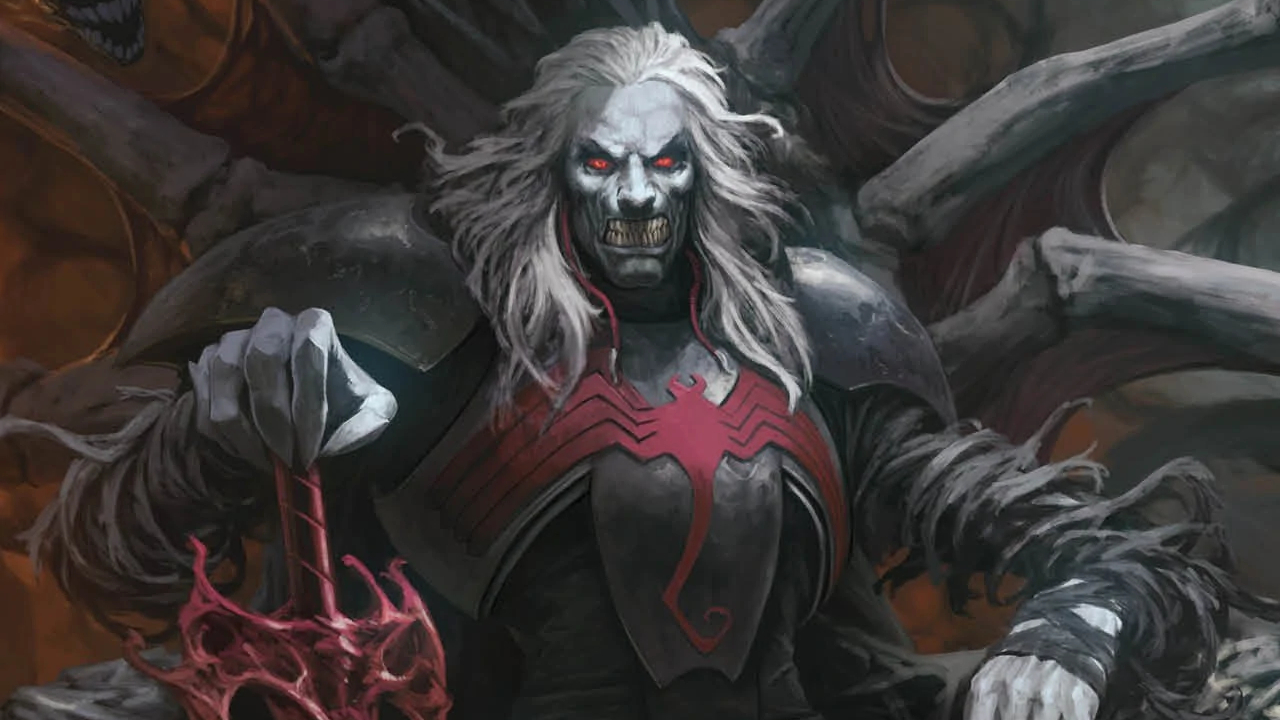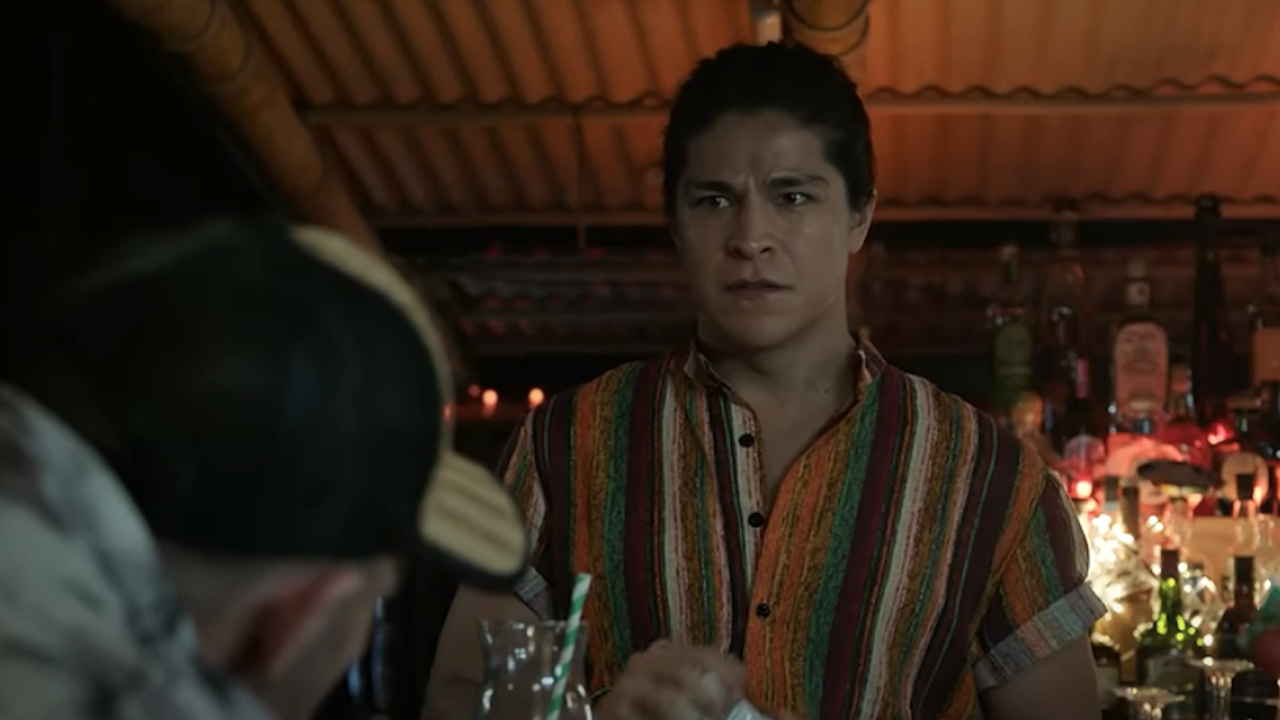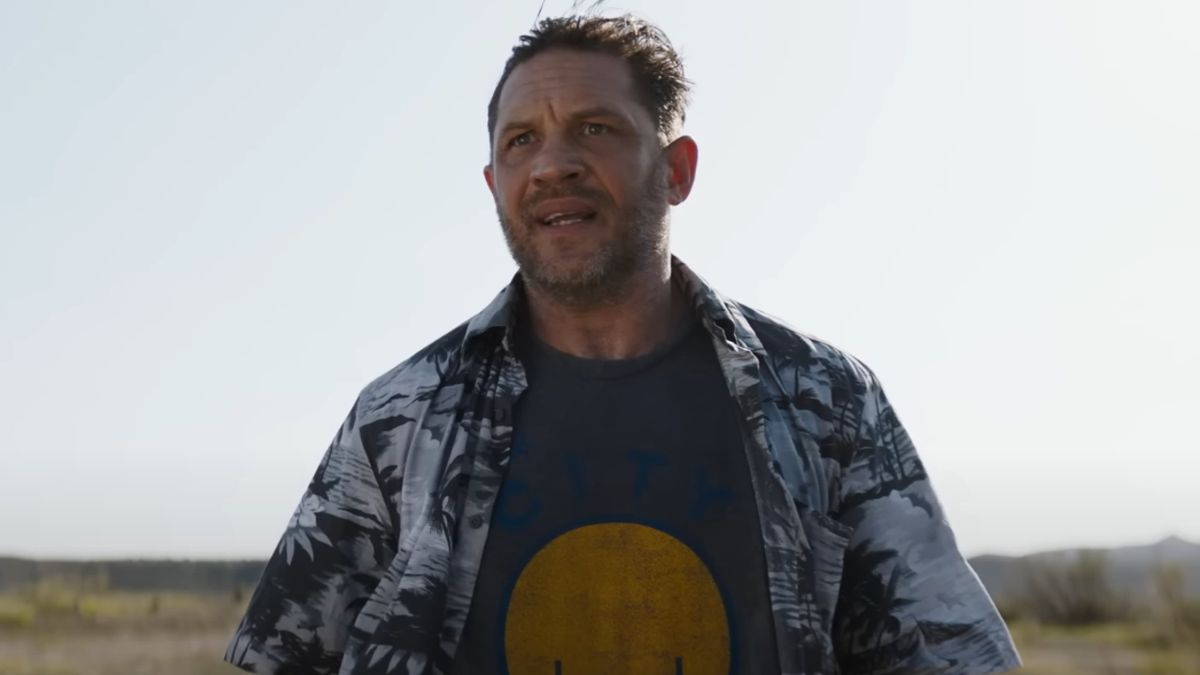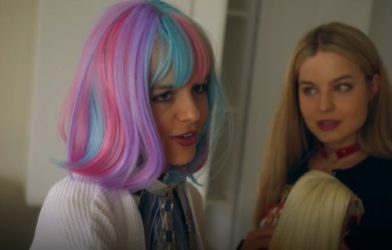The following story dives into massive spoilers for the new movie Venom: The Last Dance. So Stop reading now if you haven’t seen the movie, or if you just don’t care about having details ruined for you.
It has been made abundantly clear that Venom: The Last Dance is both the third part of a trilogy, and the end of a story arc for Eddie Brock (Tom Hardy). Not that there was a natural narrative for Brock to follow. The Venom franchise seemed to make it up as it went along – something our official review of the film wishes it hadn’t done. Because this is the reported end of the trilogy, the last thing I expected to see out of Venom: The Last Dance was teases and set up for potential upcoming movies. And yet, that’s what is delivered in the end-credits scenes of Venom: The Last Dance.
There are two end-credits scenes for Venom: The Last Dance. Let’s discuss what happens in each of them, and what they could mean for Sony’s universe moving forward.

The King in Black
There isn’t much of a plot to Venom: The Last Dance. Eddie Brock and his symbiote partner are on the run, seemingly because they have been framed for the murder of Detective Patrick Mulligan (Stephen Graham), who isn’t dead but is being detained by the government so they can study his symbiote. At the same time, the Venom: The Last Dance script actually uses the old “there exists a codex, and it works as a key” plot device as an excuse to have Venom’s creator, Knull (played by Andy Serkis), send an army of symbiotic creatures to Earth to track Venom down.
From the moment that Knull was revealed in the trailer for Venom: The Last Dance, fans got excited about the potential of seeing Venom take on his creator. Knull, in the comics, was an all-powerful god who created the symbiotes to act as his soldiers. He has fought Celestials. He’s an all-around badass.
But he’s not in this movie. He sends his minions after Eddie and Venom, forcing Venom to sacrifice himself to spare Eddie’s life. More on that in a second. In the first of two mid-credits scenes, we return to Klyntar, Knull’s home world, and catch up with him still sitting on the throne. He rambles on and on about “the King in Black” being awoken now – a reference to a popular Marvel Comics storyline involving Knull – and he finally lifts his head to look into the character, promising that he will return.
But when? Who knows. Probably never. The Sony Spider-Man movies have made it a habit of including teases that likely won’t ever pay off, as when Adrian Toomes met Morbius in the desert. Could we eventually see a movie when Knull comes down to Earth and needs to be stopped? Sure! But I wouldn’t bet actual money on this happening, even with Andy Serkis in the part. Serkis directed Venom: Let There Be Carnage. He likely was just doing a favor for a friend.

The cockroaches survive!
The second and final Venom: The Last Dance end-credits scene involves the Venom symbiote, and leaves the door open to it possibly coming back… despite the sacrifice that it made to keep Eddie Brock alive.
We are told, at one point in Venom: The Last Dance, that the only thing that would survive the decimation of Area 51 – and, I suppose, Area 55 – are the cockroaches. Because nothing can kill those damn insects. So, the second scene surveys the rubble of the movie’s final battle. And out of the rubble emerges… Cristo Fernandez, the actor playing the bartender from the beginning of the film. Why? No clue. It makes as much sense as anything else in the movie.

As the bartender wanders out of frame, the camera pans down to a cockroach as it scrambles over the wreckage. It approaches a vial that was containing the symbiotes. And there is a spark.
Is the symbiote now part of that cockroach? Yeah, I guess so. But does it really matter? Are we eventually going to get symbiote movies that don’t include Venom – the way that we got three Venom movies that never included Spider-Man? Anything’s possible, I suppose. I want to see that movie about as much as I want to see Madame Web 2. Which is to say, not at all. Let’s pray that neither of them ever happens.









